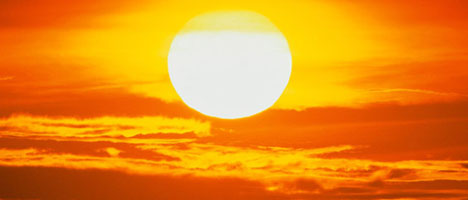Climate Impacts
Climate variability and change have diverse impacts on human populations, plants and animals. Many of these impacts have significant social and economic consequences. A key objective of climate research and model development at GFDL is to provide high quality, unbiased scientific input to resource management and climate adaptation decisions made nationally and globally on time-scales from seasons to decades.
Marine Ecosystems
The conservation and management of coastal and marine ecosystems and the living marine resources within them is a key component of NOAA’s mission. Commercial fish landings in the United States are valued at 4 billion dollars and over 1 million jobs are associated with commercial and marine recreational fishing. Coral reefs alone provide annual net tourism and recreational benefits of 483 million dollars to the U.S. economy.
Air Quality

The air we breathe contains a variety of pollutants. These gaseous and aerosol (particle) pollutants, resulting from fuel combustion and other anthropogenic activities, may be harmful to public health, vegetation, and the environment. Air pollution can also reduce visibility and influence climate. The lifetimes of air pollutants in the troposphere range from minutes to hours at the surface, and days to weeks in the free troposphere.
Climate Model Downscaling
Global Climate Models (GCMs) continue to yield important scientific insights into the dynamics and evolution of the climate system on time scales ranging from months to centuries. Outputs from GCMs have also played a key role in informing diverse assessments of the impact of large-scale climate variation and change on natural resources, human health, infrastructure and commerce. Raw GCM output, however, is not always adequate to address the inter-disciplinary questions of interest to stakeholders.
Weather and Climate Extremes

GFDL scientists strive to improve the understanding and prediction of weather and climate extremes. Their work encompasses a range of problems and time scales: from five-day model predictions of hurricane track and intensity, to understanding the causes of changes in extremes over the past century, to building new climate prediction models for seamless predictions out to the next several years, to earth system model projections of human-caused changes in various extremes (heat waves, hurricanes, droughts, etc.) over the coming century.


